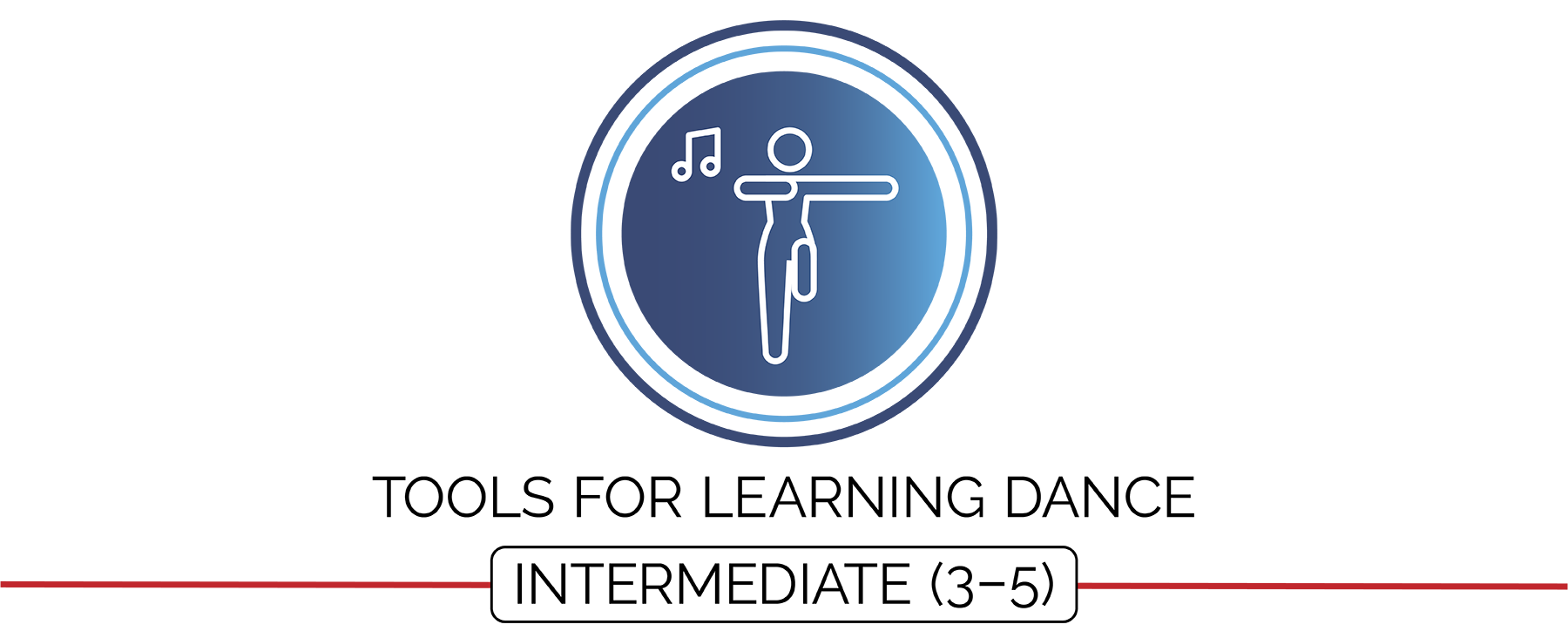Created by: Brandon Herwick, Deedi Brown, Aaron Hart, Dr. Theresa Cone, Bob Oates, Scott Williams, Sara Weeks, Juliet Schulein
Design: Jennifer Truong
For more dance resources from the contributors, please visit the following pages:
As physical educators, one of our main objectives is to encourage students to use physical activities as vehicles for self-expression. The Hopi Indians tell us that “to watch us dance is to hear our hearts speak.” Although most of our students will never become performance artists, they will most certainly have the opportunity to dance during celebrations and social gatherings. This module is designed to plant seeds of expression and enjoyment so students will have the skills and confidence to dance when opportunities arise.
Module Documents
Complete Module Packet:
Module Overview:
Required Materials:
All Module Activities:
Sample Lesson Plan:
Academic Language Cards:
Universal Design Adaptations:
Dance Activity Cards (Step-by-Step)
Counting 8s:
Dancin' Train:
Trolls September:
Cha Cha Slide:
Cha Cha Slide w/Basketball:
Cupid Shuffle:
Space Jam:
Fjaskern:
Looking Up:
Can't Stop the Feeling:
Virginia Reel:
Hip Hop Virginia Reel:
Activity Plans
Counting 8s:
Dancin' Train:
Trolls September:
Cha Cha Slide:
Cupid Shuffle:
Space Jam:
Fjaskern:
Looking Up:
Can't Stop the Feeling:
Virginia Reel:
Hip Hop Virginia Reel:
Assessments
Academic Language Quiz:
Self-Assessment:
Holistic Dual Performance Rubric:
Holistic Performance Rubric:
Planning Tools
Blank Activity Plan Template:
Blank Lesson Plan Template:
Teacher Evaluation
Teacher Self-Evaluation/Reflection Guide:
Can’t see the file links? Register for FREE today to access all of the modules. SIGN UP HERE
National Standards and Outcomes Focus for Intermediate Dance
Standard 1.Demonstrates competency in a variety of motor skills and movement patterns.
- Standard 1 [E3.3-5]: Jumps and lands in the horizontal and vertical planes using a mature pattern (3); Uses spring-and-step take-offs and landings specific to gymnastics (4); Combines jumping and landing patterns with locomotor and manipulative skills in dance, gymnastics, and small-sided practice tasks/games environments (5).
- Standard 1 [E5.3-5]: Performs teacher-selected and developmentally appropriate dance steps and movement patterns (3); Combines locomotor movement patterns and dance steps to create and perform an original dance (4); Combines locomotor skills in cultural as well as creative dances (self and group) with correct rhythm and pattern (5).
Standard 2.Applies knowledge of concepts, principles, strategies and tactics related to movement and performance.
- Standard 2 [E2.3-5] Recognizes locomotor skills specific to a wide variety of physical activities (3); Combines movement concepts with skills in small-sided practice tasks, gymnastics, and dance environments (4); Combines movement concepts with skills in small-sided practice tasks in game environments, gymnastics, and dance with self-direction (5).
- Standard 2 [E3.5c] Analyzes movement situations and applies movement concepts (e.g., force, direction, speed, pathways, extensions) in small-sided practice task/game environments, dance, and gymnastics (5c).
- Standard 2 [E4.3] Employs the concept of alignment in gymnastics and dance (3a); Employs the concept of muscle tension with balance in gymnastics and dance (3b).
Standard 4. Exhibits responsible personal and social behavior that respects self and others.
- Standard 4 [E2.3-5] Works independently for extended periods of time (3); Reflects on personal social behavior in physical activity (4); Participates with responsible personal behavior in a variety of physical activity contexts, environments, and facilities (5a); Exhibits respect for self with appropriate behavior while engaging in physical activity (5b).
Standard 5. Recognizes the value of physical activity for health, enjoyment, challenge, self-expression, and/or social interaction.
- Standard 5 [E2.3-5] Discusses the challenge that comes from learning a new physical activity (3); Rates the enjoyment of participating in challenging and mastered physical activities (4); Expresses (via written essay, visual art, creative dance) the enjoyment and/or challenge of participating in a favorite physical activity (5).
- Standard 5 [E3.3-5] Reflects on the reasons for enjoying selected physical activities (3); Ranks the enjoyment of participating in different physical activities (4); Analyzes different physical activities for enjoyment and challenge, identifying reasons for a positive or negative response (5).
NOTE: Additional standards and outcomes addressed are specified on each activity plan.

